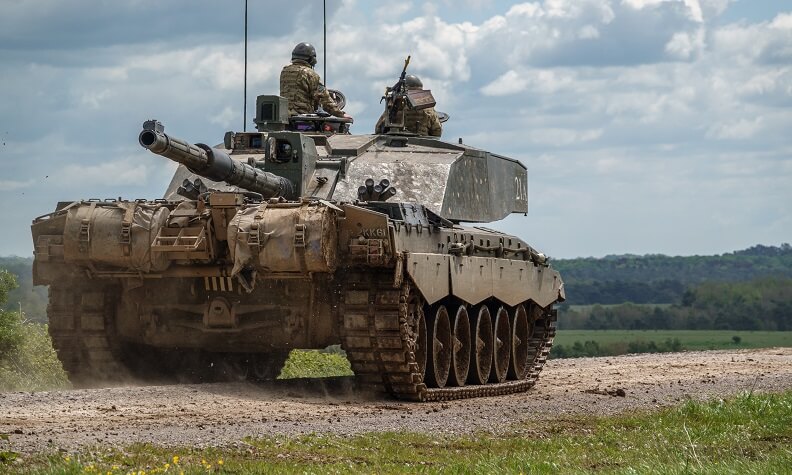In military and defence manufacturing and maintenance, cleaning and finishing processes are mission-critical. The wrong surface treatment can compromise the integrity, fatigue life, or operational safety of high-value components.
One finishing process that's proving indispensable across aerospace, naval, and land systems is wet blasting (or vapor blasting). Here’s why it’s a safer, smarter alternative to traditional cleaning and finishing methods for defence hardware:
✅ Minimal substrate damage: The water-cushioned abrasive action dramatically reduces the risk of surface deformation, pitting, or micro-fractures on precision parts like turbine blades, missile casings, and fire control system housings.
✅ Zero dust generation: Unlike dry blasting, wet blasting fully suppresses airborne dust — protecting operators from inhaling harmful metallic or composite particles, and eliminating any risk of dust explosions in confined spaces.
✅ Lower thermal and frictional stress: Water acts as a natural coolant and lubricant, preventing heat build-up and preserving the dimensional and metallurgical integrity of sensitive components.
✅ Superior cleanliness and decontamination: Wet blasting actively flushes away debris, oils, oxides, and even chemical or biological contaminants — ideal for decommissioning, refurbishment, or pre-coating prep in controlled defence environments.
✅ Eco-friendly and operator-safe: It reduces reliance on harsh chemical solvents and generates recyclable, contained slurry waste — improving both environmental outcomes and workplace safety.
In summary wet blasting offers a controlled, non-destructive, and ultra-clean finishing solution essential for preserving the performance and reliability of mission-critical defence assets.























